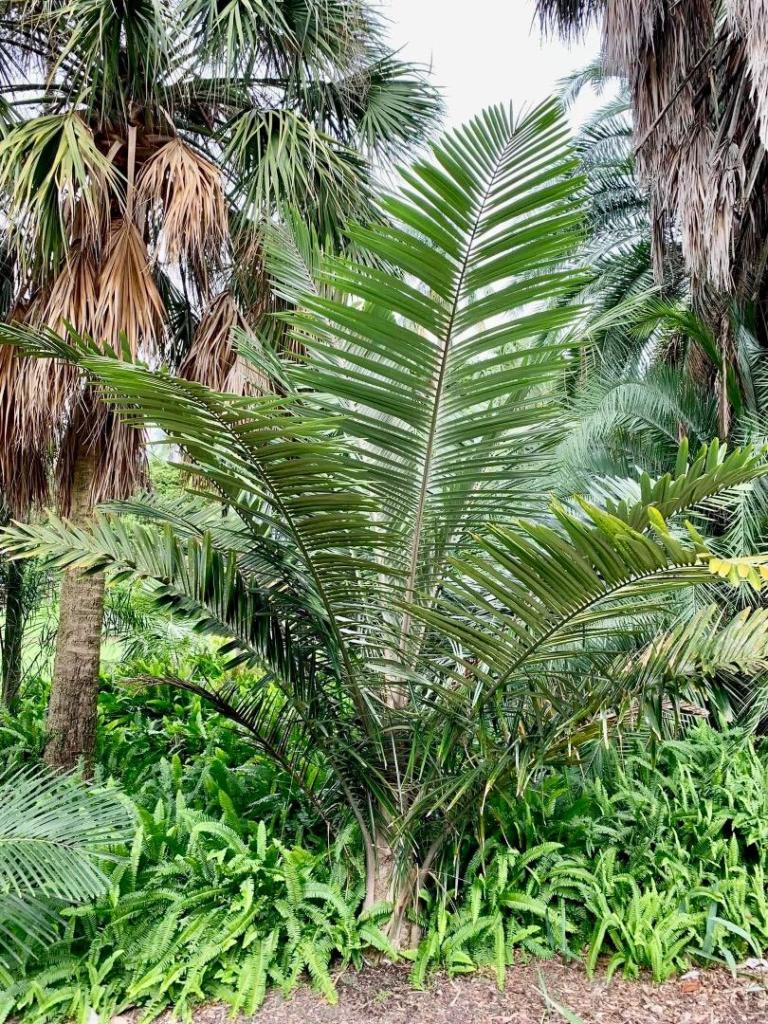Leaderboard
Popular Content
Showing content with the highest reputation on 05/04/2025 in all areas
-
The time has finally come, after years of waiting. Today I planted the first palms (and other plants) in my new garden. Since the local soil was very alkaline, I added two truckloads of highly acidic sand soil (pH 3,8) I bought and then i mixed it with the local soil. Hopefully it will work. There is very little organic matter in it but I put worm castings on top of the soil every time I plant something and I will keep adding compost from my compost maker. So here are my pioneers. I know that some of them will not make it but some may do and I am very excited!7 points
-
It is not an overstatement that trunk's girth reminds of a medium sized bamboo. Even other plants from same seed batch stay behind in robustness. It had been grown from seed produced by crossing a dwarf with a trunking form. Seeds given to me by Federico Minghetti. Like I said, other plants from same cross are not equally robust. Enjoy the pictures. Maybe in another more humid climate such trunk's girth for a Chamaedorea is common sight, but certainly not in my arid and windy climate! Infront the robust specimen and in background other specimens from same seed batch A palm next to this palm serving as scale Same palm next to another palm Picture of the entire robust specimen6 points
-
6 points
-
What I used to do when I had clay soil was to take a 5-gal bucket and drill a small hole at the bottom and set it near the base of the palm. Then I'd fill it up and let it drip. It's useful with sandy soil too if it's really fine sand.5 points
-
Made this account cuz my brother told me to. Anyways I dont know anything about palm trees but I'm open to learn. @PAPalmtrees4 points
-
4 points
-
4 points
-
They look great and the color will keep getting better at that size. These are faster growers that reported and are nicely hurricane resistant as mine show minor damage to oldest leaves after 110mph in milton 7 months ago. In the warm up in our dry spring I water these both by hand and my irrigation timer. I am surprised that the caliper of the trunk just below the crownshaft is 8-9" with ~ 7' . clean trunk. they are not fat like royals but they make my alexanders and C. oliviformis look thin. I have never had spear rot on my satakentias but chambeyronias and copernicias have had a spear break off due to rot., though all have survived. They do tend to look stressed in our dry spring. We had our first accumulation of rain in a month today so I am ready to welcome the wet season and watch them color up.4 points
-
4 points
-
I had the ladder out to trim Caryota boots so here's a view from above! The one on the left is amazonicum and on the right is ceriferum. Probably about 3 or 4 metres tall from seed around 2010. Access to plenty of moisture most of the year and part sun but no fert. However it's siblings are very much smaller due to being planted in dry shade or dry spot with sun. They struggle with sun as young plants but we do have very high UV levels being under the ozone hole.4 points
-
4 points
-
4 points
-
The heading stated palms in pots does this qualify as enough palms in pots. Iam a hobby grower and collector of anything unusual, rare or just must have exotic plants and I do it simply because I love plants especially palms. Most of this stock will be planted on my property over time. That’s my grand plan for future generations.3 points
-
One palm that always confuses me always forgetting that name that’s so hard to say and spell. These two are around at least 30 years of age both gifted to me as a 24th birthday present. Super tough heat cold wet feet all round palm. They look there best when given a good clean up and a bit of care, but can be left in there own do just as good. These ones are setting seeds I don’t worry about growing them but I should do a couple of dozen just to have to in the collection for other collectors who are brave enough to grow them.3 points
-
I have a neighbor that has two of these that are 25+ years old. They do not self shed and they sucker profusely. They also have vicious little thorns to cut you when you reach through the trunks to trim a leaf. He needs a huge ladder and apole trimmer to trim them and they need it once a year. I had a phoenix reclinata hybrid, I had my quota of suffering trimming it, I am not wanting another suckering palms with nasty thorns that needs to be trimmed annually. My neighbor needs a day and a half to trim his two clumps and was pretty unhappy about it when we talked.3 points
-
Nice job of recruiting! Good to see more Pennsylvanians on the forums. Welcome to PalmTalk! My interest in palms started the first time I came to Florida from Pennsylvania.3 points
-
The Satakentias always look a little tired after winter, and are currently getting a little beat up by our drought. I’ve slowed down on the fertilizer and water, so they’ve slowed down a bit too, but still pretty fat for 4 years here. There was another episode of spear sadness over winter, but it was way up there and out of reach and again, the palm pushed through it on its own. Roots are now huge and travel up pretty far from the base into the lawn. May 2025…3 points
-
3 points
-
Good start there . We learn by trying so hopefully those will be success stories. Good luck , Harry3 points
-
I would suggest planting a plant the size of the one @tim_brissy_13 posted a picture of or bigger, zone 7 pretty chilly and cold not sure if they would take that, perhaps @gyuseppe can give some advice on cold tolerance, or other members on palm talk.3 points
-
Yes I have a hobby nursery or is that hobby obsession with a lot of OCD.3 points
-
3 points
-
3 points
-
They look like a palm you can divide i might try it one day. Sharp little thorns on them, so I rarely work on them. What is common in some palms in there native country are so rare in other places. I can’t even say the name let alone try and spell them. That’s how I look them up in the books I know it’s the first palm in alphabetical order. Richard3 points
-
3 points
-
Nice looking grove, there tough palms but do enjoy a nice microclimate in a protected spot. They love being fed organic matter one palm you can feed all day long.3 points
-
They seem to like a protected spot in the garden, the ones I see out in the open in public gardens are always tatty looking and leaves on the yellow side. Richard3 points
-
As discussed before there are no dumb questions. Asking a question is just a form of learning. Pretty well much you can water most palms for as long as you have time to do so. Next time it rains look at the difference in comparison to hand watering especially after a heavy rainstorm. But most irrigation shifts are 20 to 30 minutes daily in dry conditions. It comes down to the cost of running your watering system. I have bore for water so electricity for pumping the water to a holding tank and then electricity for the prime pump to run the hose and electricity is not cheap.3 points
-
Here is my developing Ravenea rivularis grove. The big ones were around the size of the little ones about 7 years ago. My biggest one had a pine tree land on it a year ago. I was worried that the crown and growing point may have cracked. A few damaged leaves but it just kept growing. I love this genus and species.3 points
-
I water all my palms manually( except the ones on the slope) . I run a medium to full shower position and soak the drip circle . Then I keep the water on until it puddles up real well and move on to the next group of palms , repeat . When I get to the last one I go back and do it all again! It takes me quite a while to water them but I enjoy being in the garden . I just did some ground maintenance this morning and watered a dry section in the back . I started at about 8 or so and finished around noon . Drip system would be very helpful but I just like the time under the trees. Harry3 points
-
Cycas panzhihuaensis. First flush since coning and producing seeds last year Cycad panzhihuaensis x multifrondis seedlings showing splits Cycas taitungensis Cycas revoluta x taitungensis Cycas balansae first time coning Cycas diannanensis cone harvested foe future hybrids Ceratozamia hildae spineless seedlings 2nd leaf set Cycas petrae3 points
-
Not a bad avenue palm either. Moisture is about the same for both I predict a runt of the litter but gosh knows what it really is. I have seen one sitting on the edge of dam basically in the water. So they will sit in water alright. But one tough palm tolerant of all conditions you throw at it. Sun shade heat dry wet cold a palm for those in not so subtropical ares with more of a harsh climate.3 points
-
There will likely be something different going on underground and it will most likely be moisture related. I find mine like growing in wet muck but in full blazing sun. I’ve recently planted more of mine out in a wet soak area that gets my shadehouse runoff. I think there’s 19 in total. I love group planting.3 points
-
3 points
-
3 points
-
3 points
-
3 points
-
Looks like a small pot for the size of the palms. They look dry and the runt looks like it’s already gone. It probably was never going to survive long term anyway due to its size compared to the other 2. I would recommend using a larger pot especially with a wider base. The size and shape of the one you have selected will set you up for disappointment if the palms survive since it will be susceptible to falling in windy conditions. As far as water goes, that is subjective. You could water every day but not long enough. After transplanting, you should immediately soak the soil very well and then see how long it takes to dry out in the top few inches. Phoenix Roebeleniis prefer more water than average but can tolerate less water in shady conditions. Another issue might be that you have it in direct sun. Possibly this was grown in a partial sun/shade house and is getting fried. The combination could easily cause the decline you are seeing.2 points
-
2 points
-
the arborescent form has the larger stem2 points
-
Your " hobby nursery" is way bigger than any professional one I have seen so far. And it looks perfect. Eckhard2 points
-
2 points
-
They are nice palm especially when given them a nice haircut and clean up.2 points
-
Most of the New Caledonia palms grow well in my climate, along with the Madagascar, lord Howe and South American palms.2 points
-
Where I have a number of palms and other plants in one area, I run the sprinkler for an hour, flood the place a bit and it all just soaks in. What I call hand watering is holding a hose to make sure each plant gets its fair share, which used to take me many hours per day (a bit like watering all my potted stuff now). Getting the smaller ones wet on top doesn't seem to bother them at all in my climate. I have looked at sprinkler system but they are so complicated to set up and seem to give a bit of trouble too which would drive me batty. Peachy2 points
-
The short answer is no, no, definitely not. Zero chance2 points
-
You may want to review the following thread: https://www.palmtalk.org/forum/topic/68701-can-cocos-survive-in-lindosrhodes-in-greece/?page=19#comment-1211884 Together with this: https://www.palmtalk.org/forum/topic/9024-coconut-growing-farthest-from-equator/?page=12#comment-12118702 points
-
Sir is a key element for growing, I find the half moon roof shape gives the best growth with the air rolling across the top. And the benches I learnt my father who had pidgeons get them of the floor less disease and healthier birds with lifts up of the ground makes plenty of sense to do the same with plants. Ruchard2 points
-
Well that kinda raises the bar a bit , eh? Harry2 points
-
2 points



.thumb.png.04b3487b96ff29c55b8a8994b91f62b2.png)


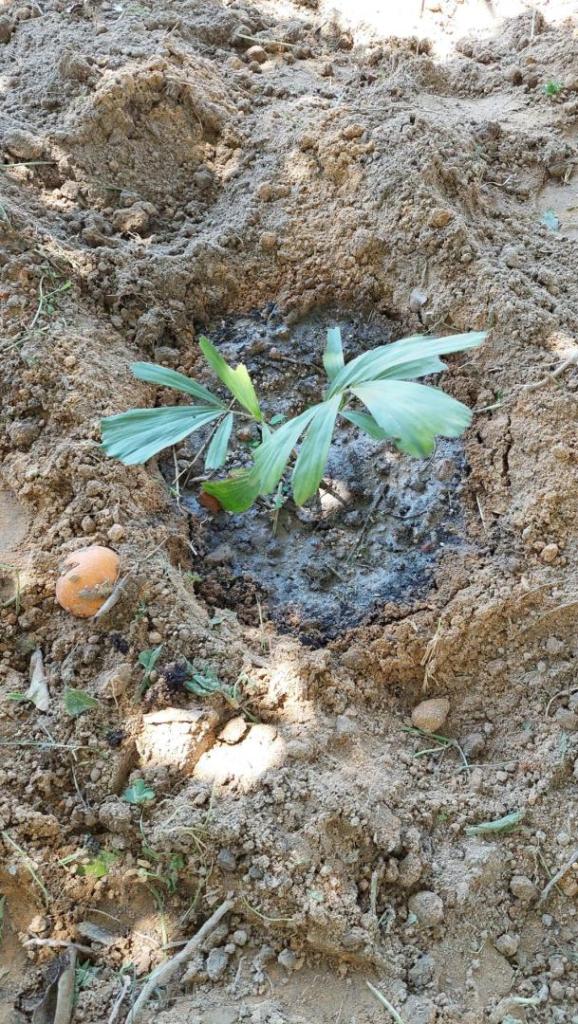
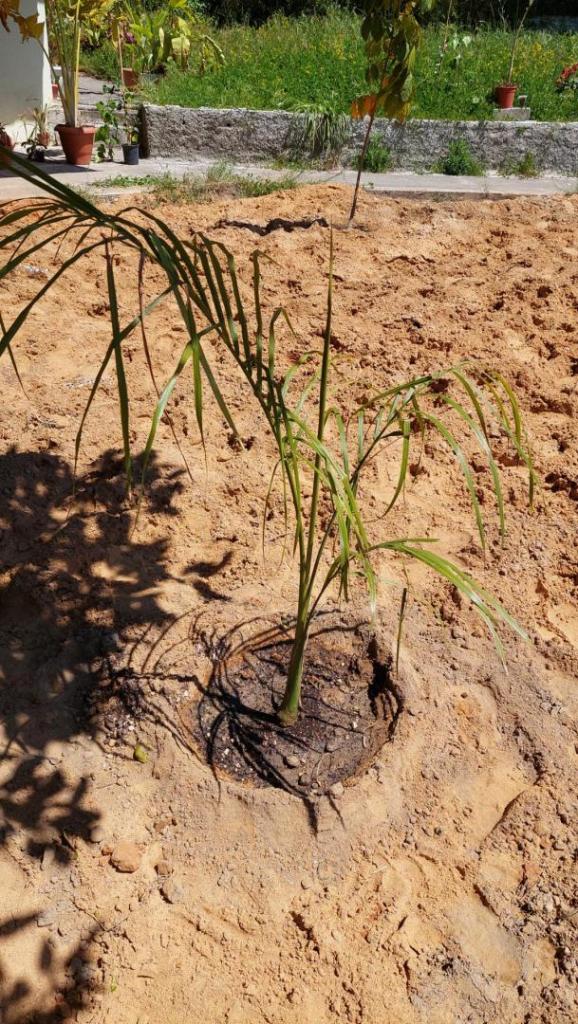








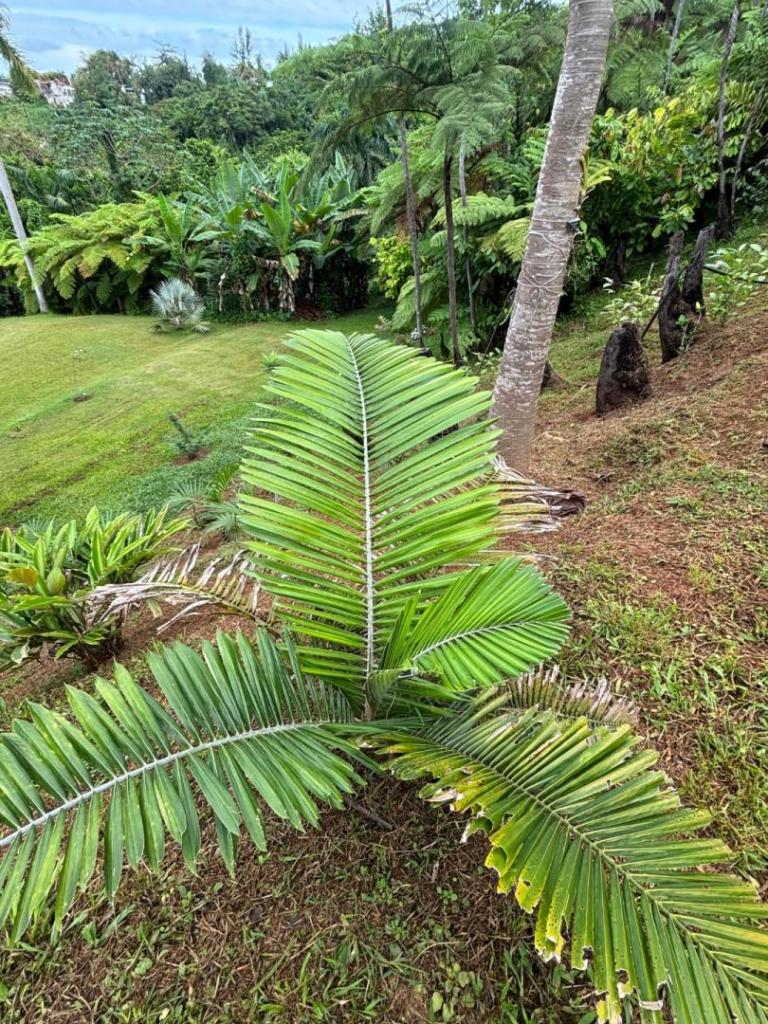
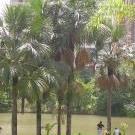





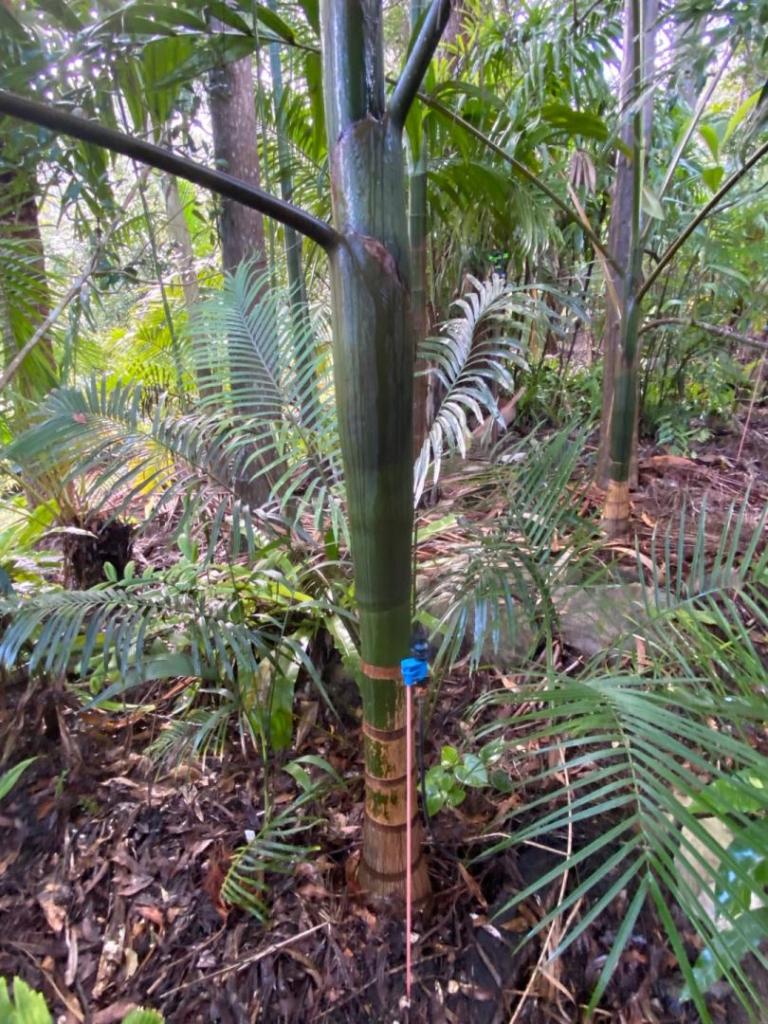


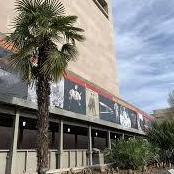






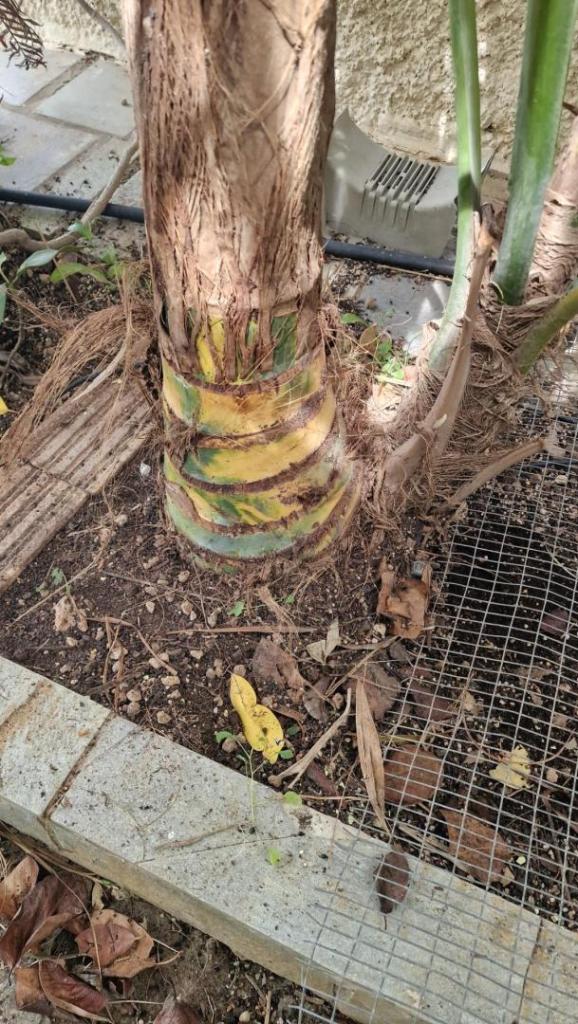


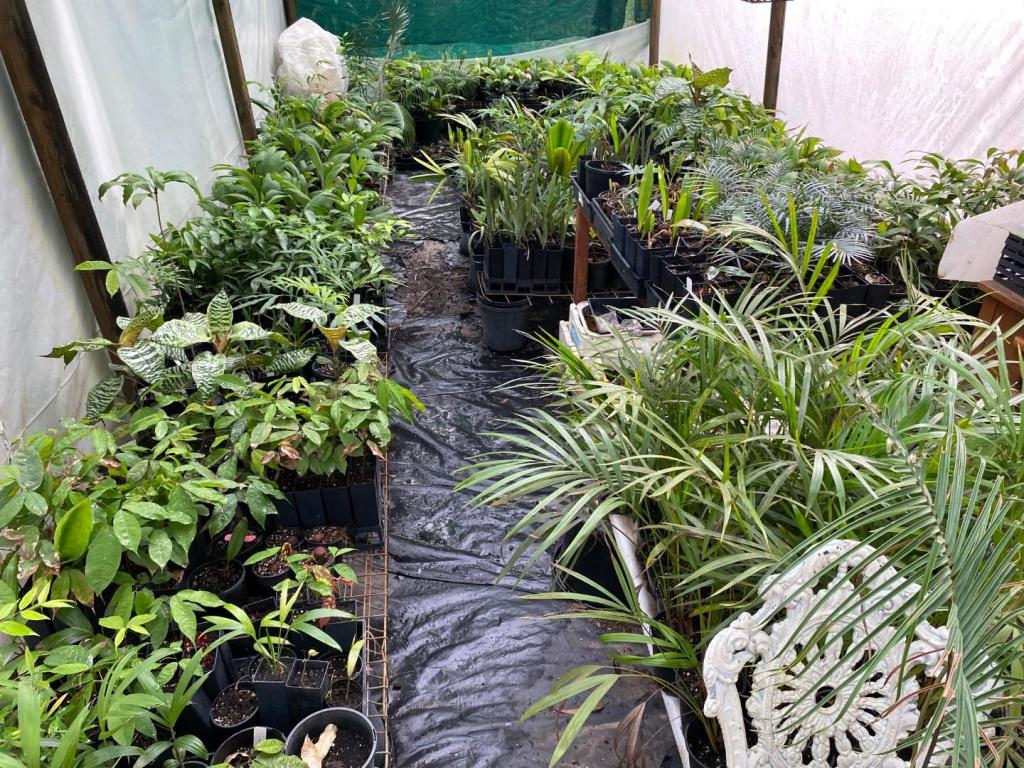
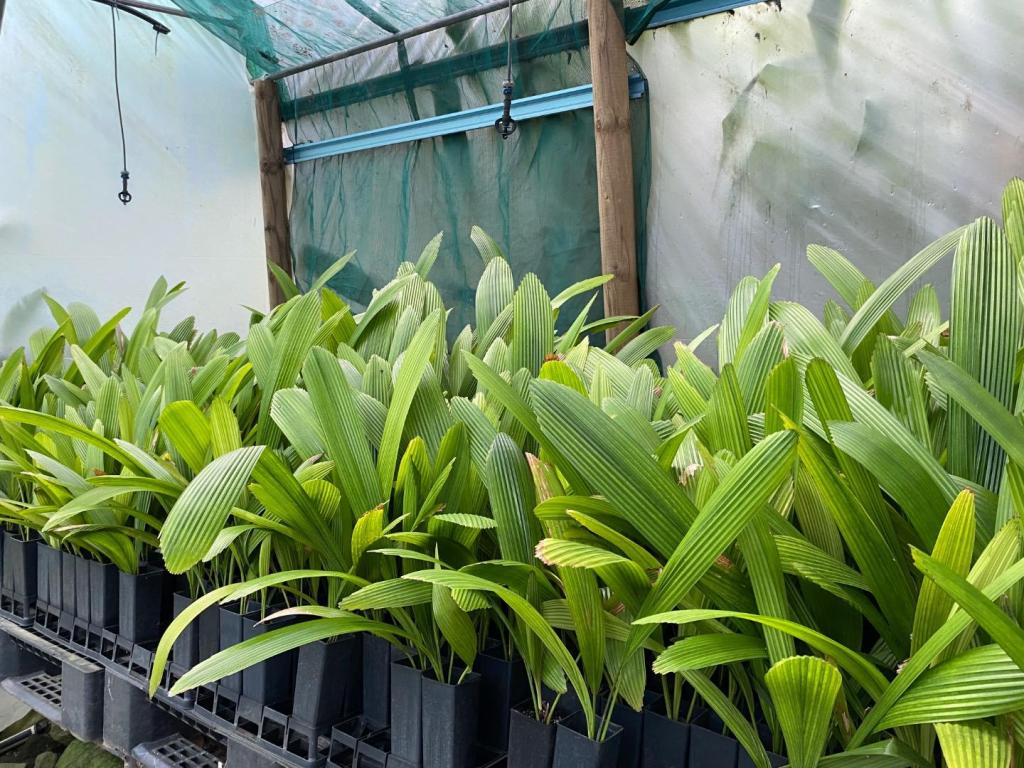


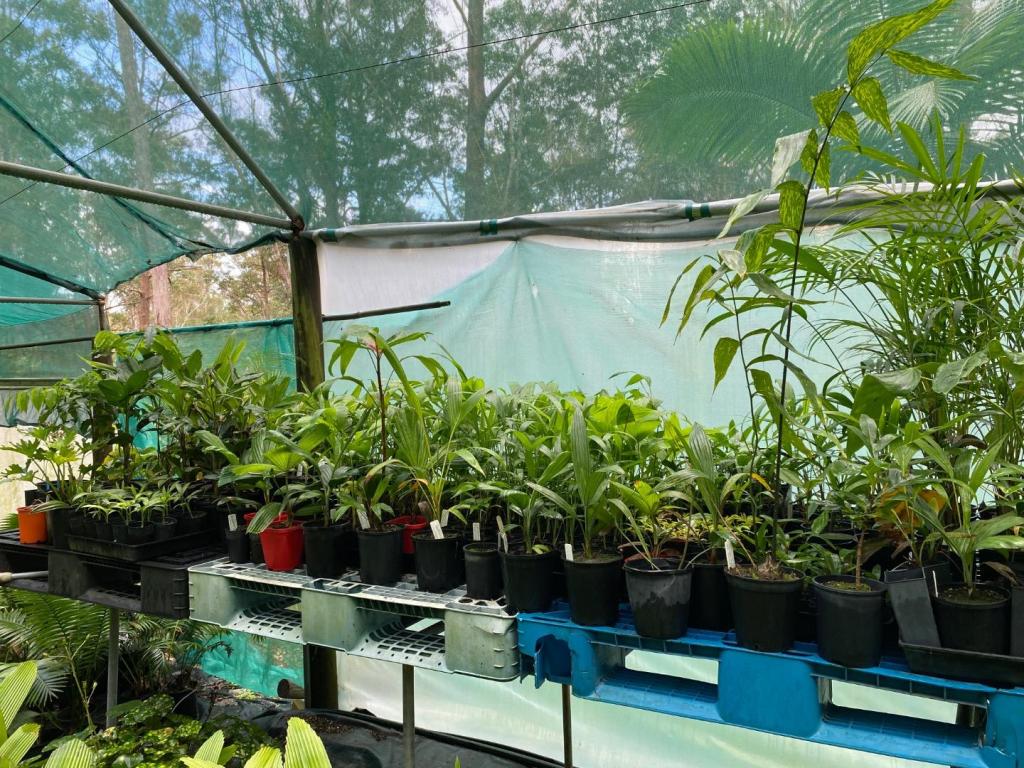





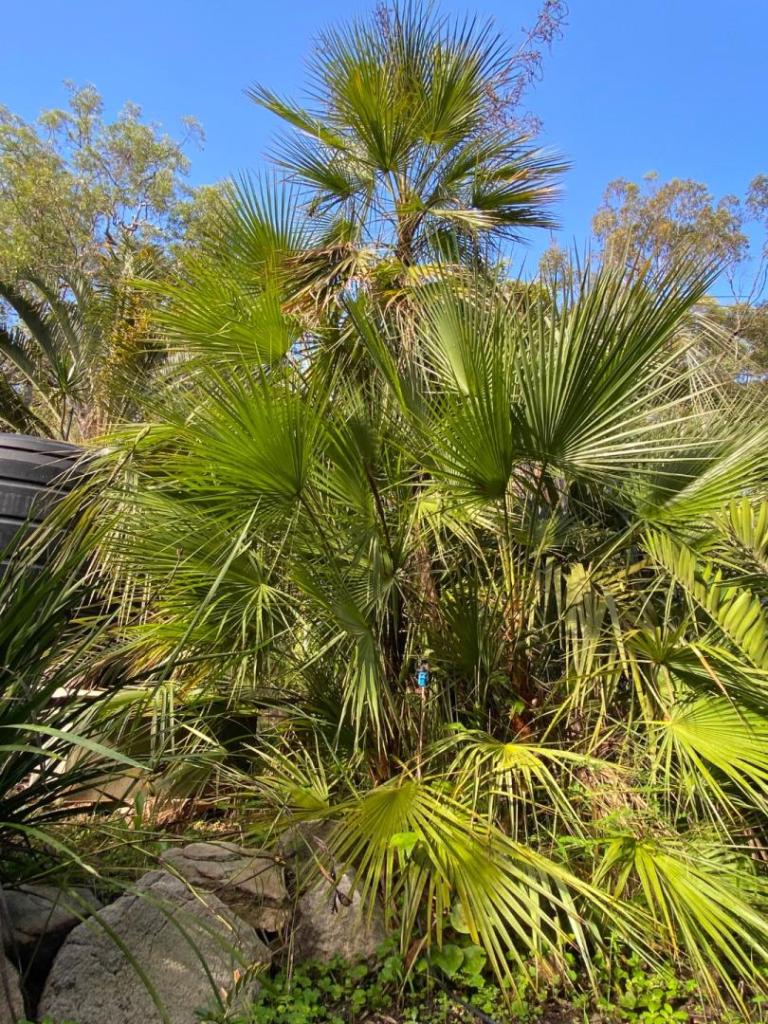







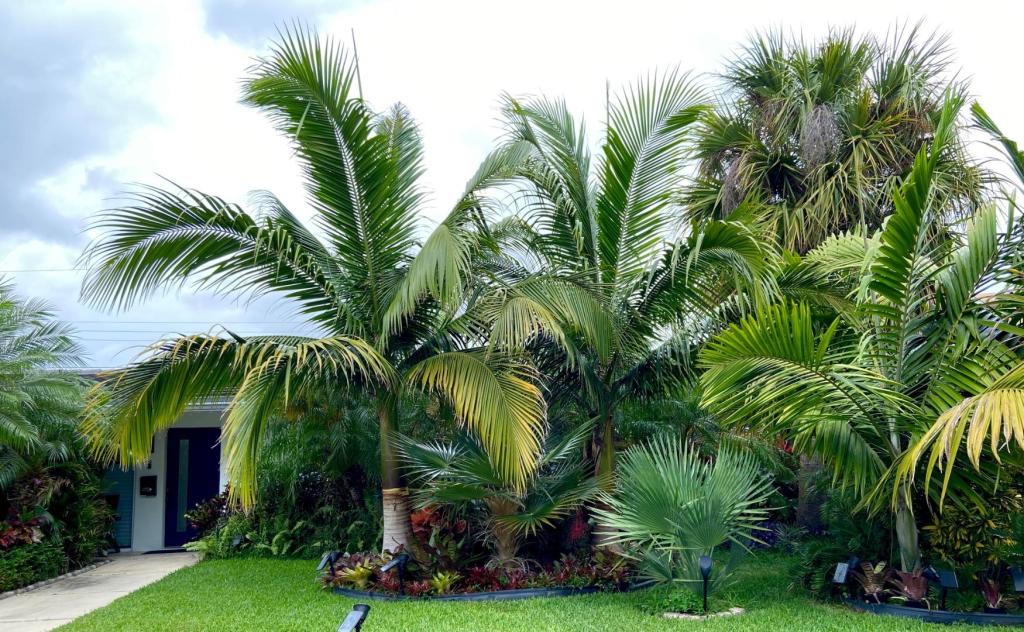




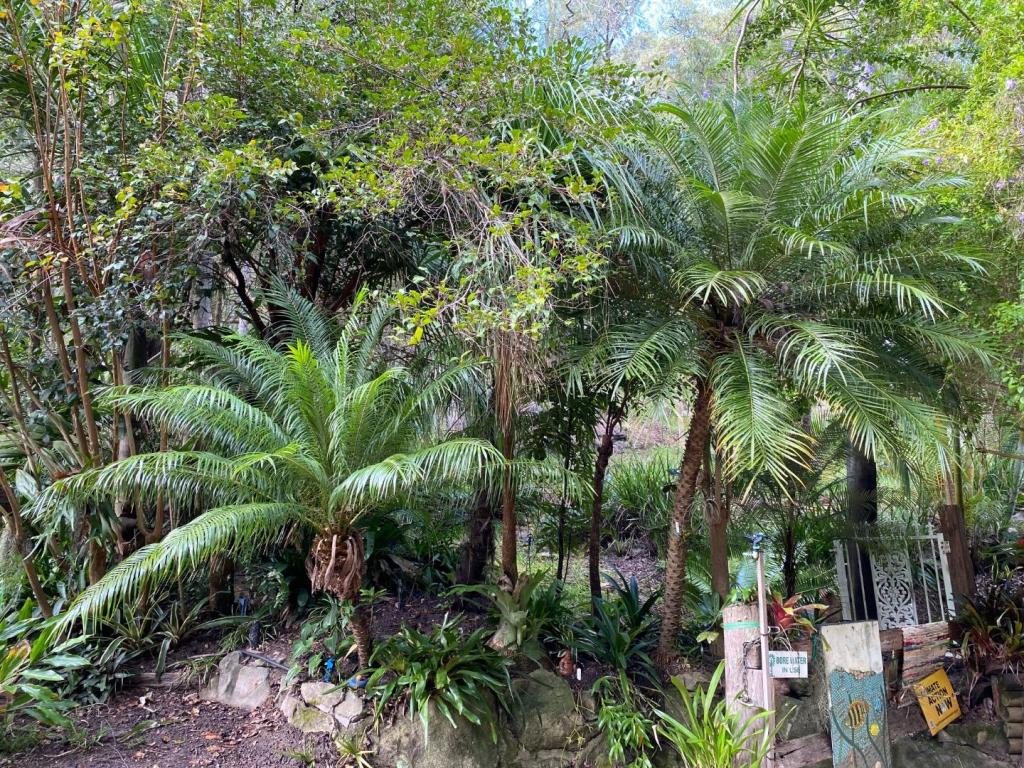





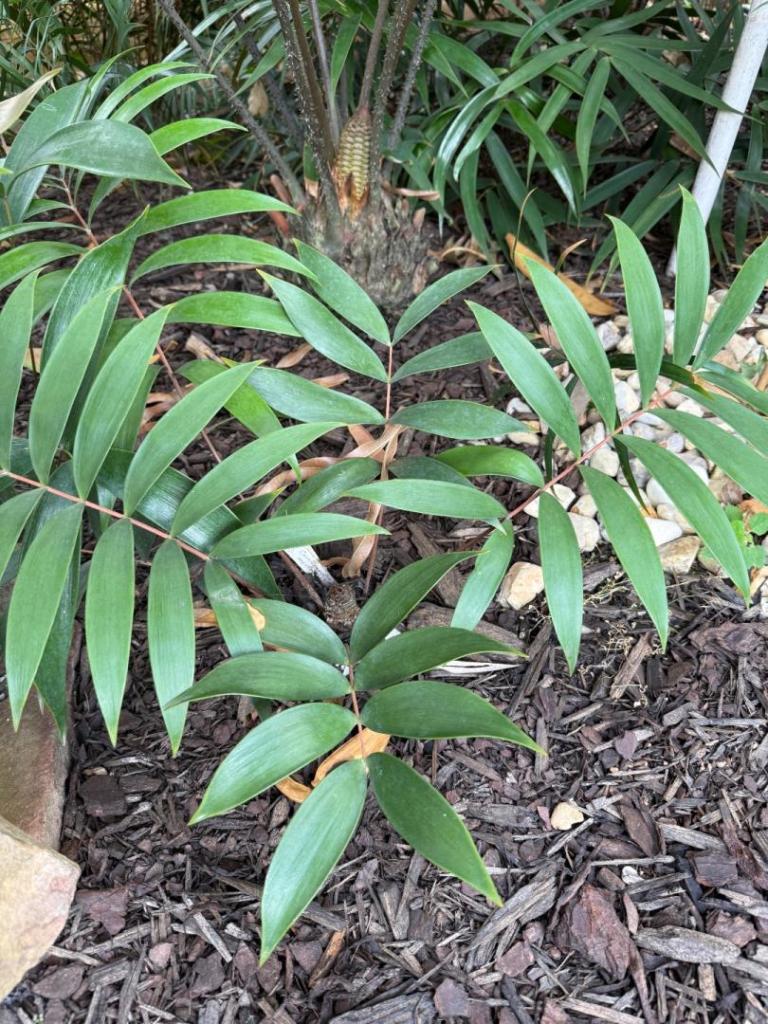



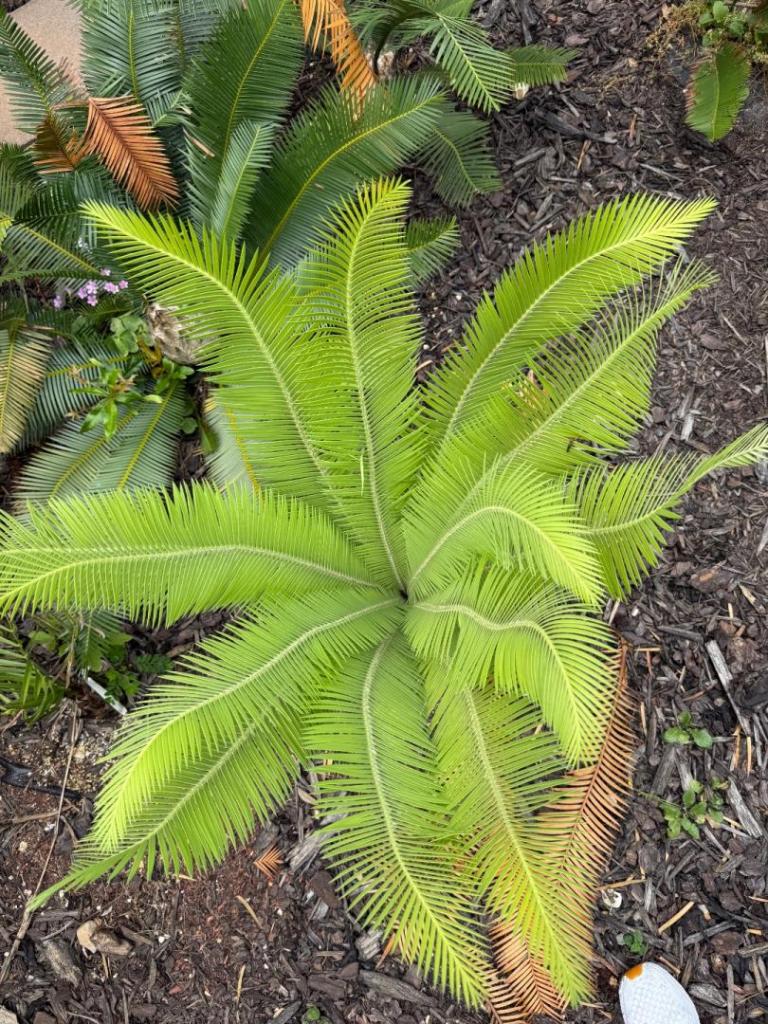

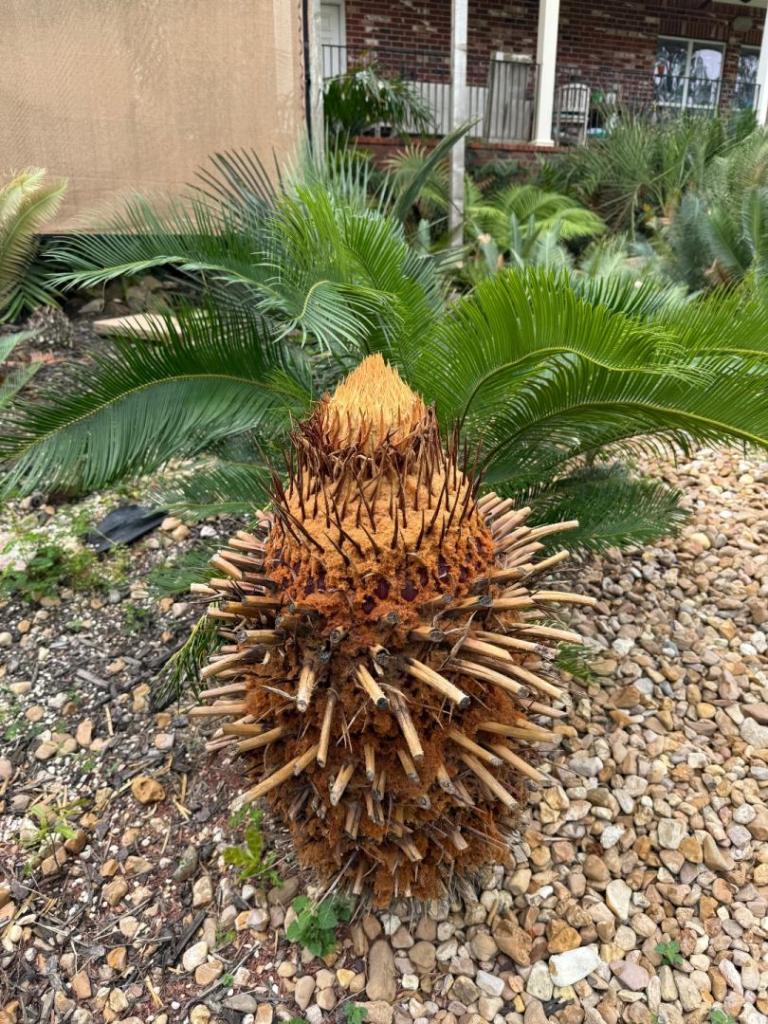




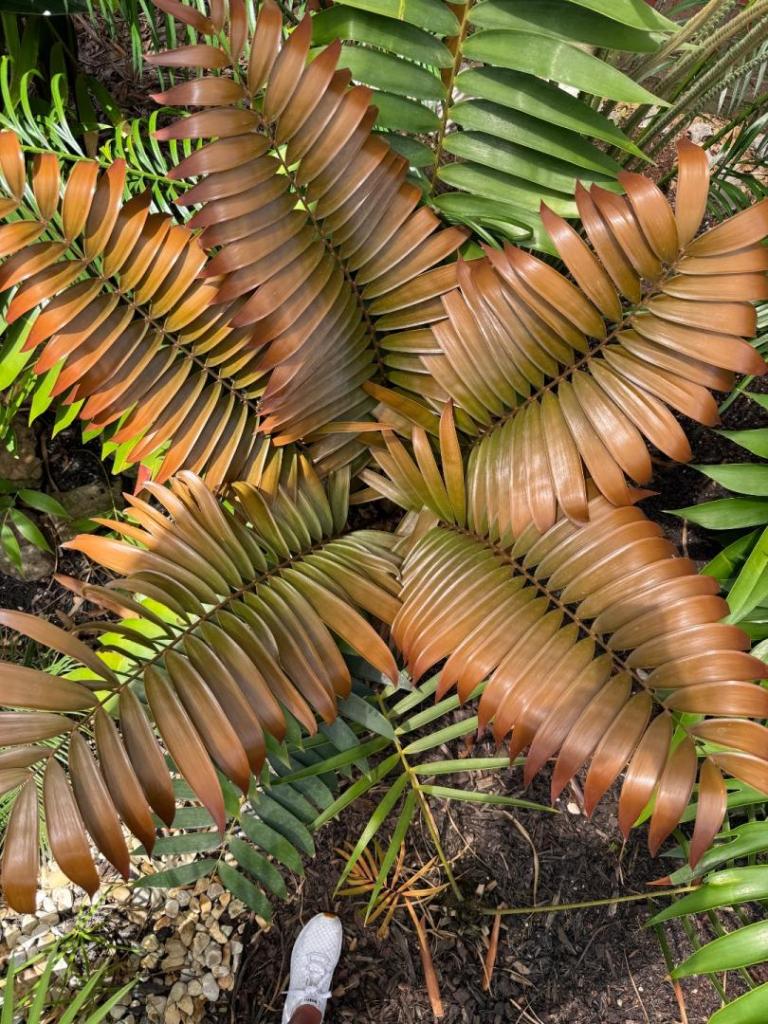

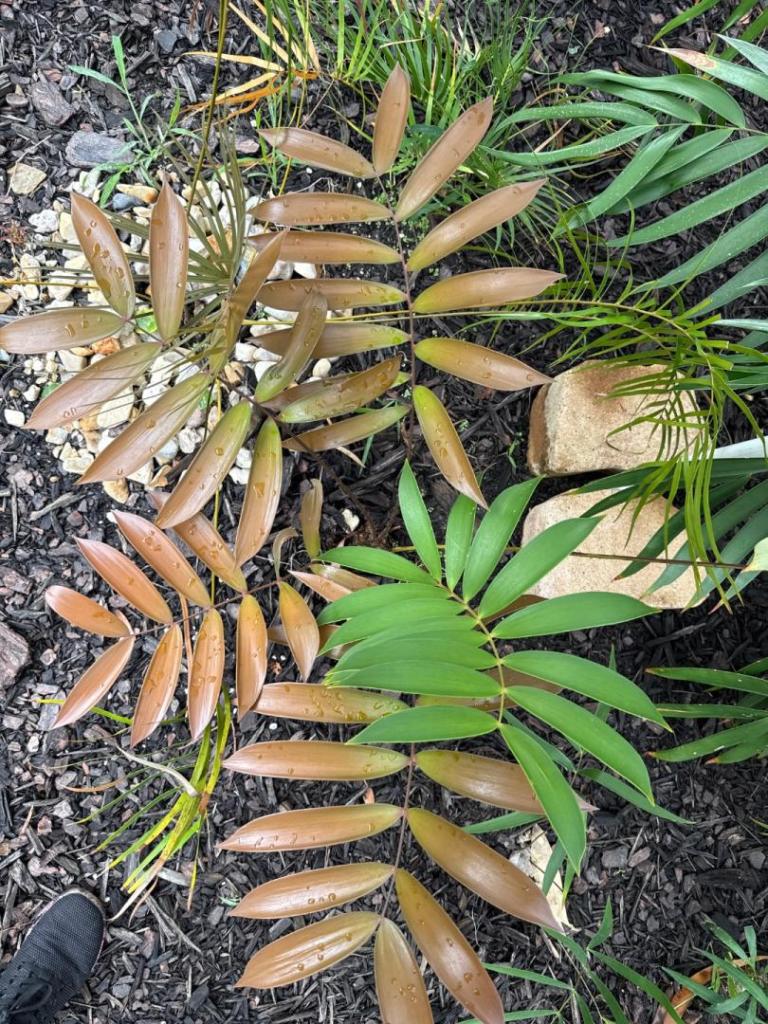
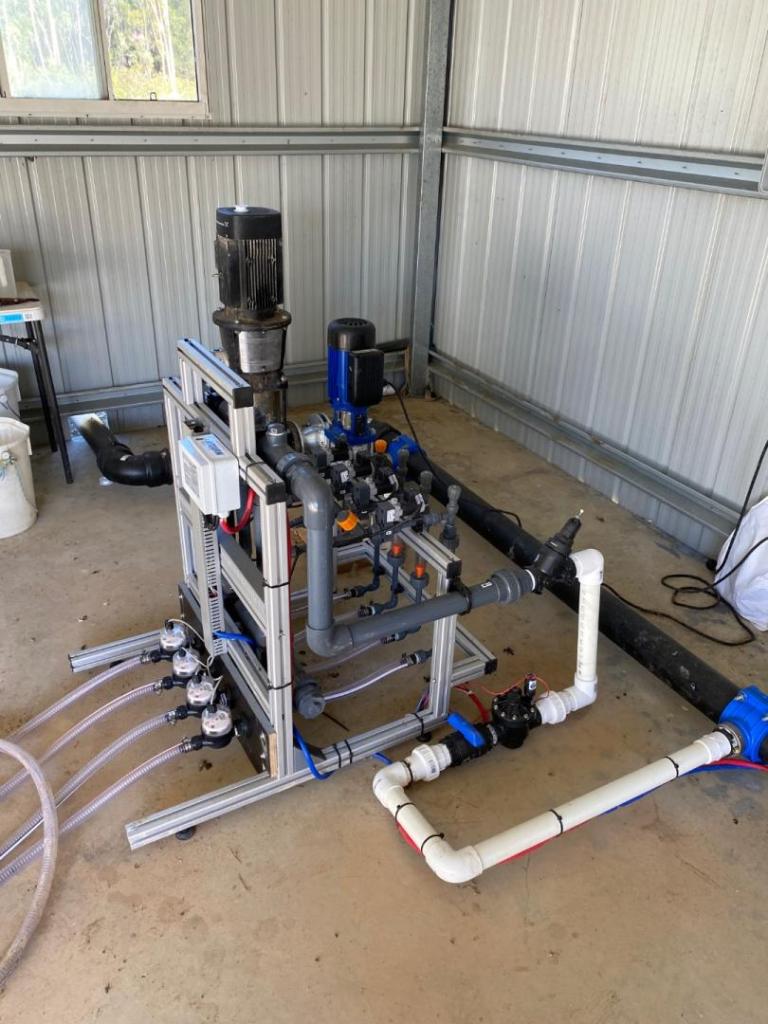

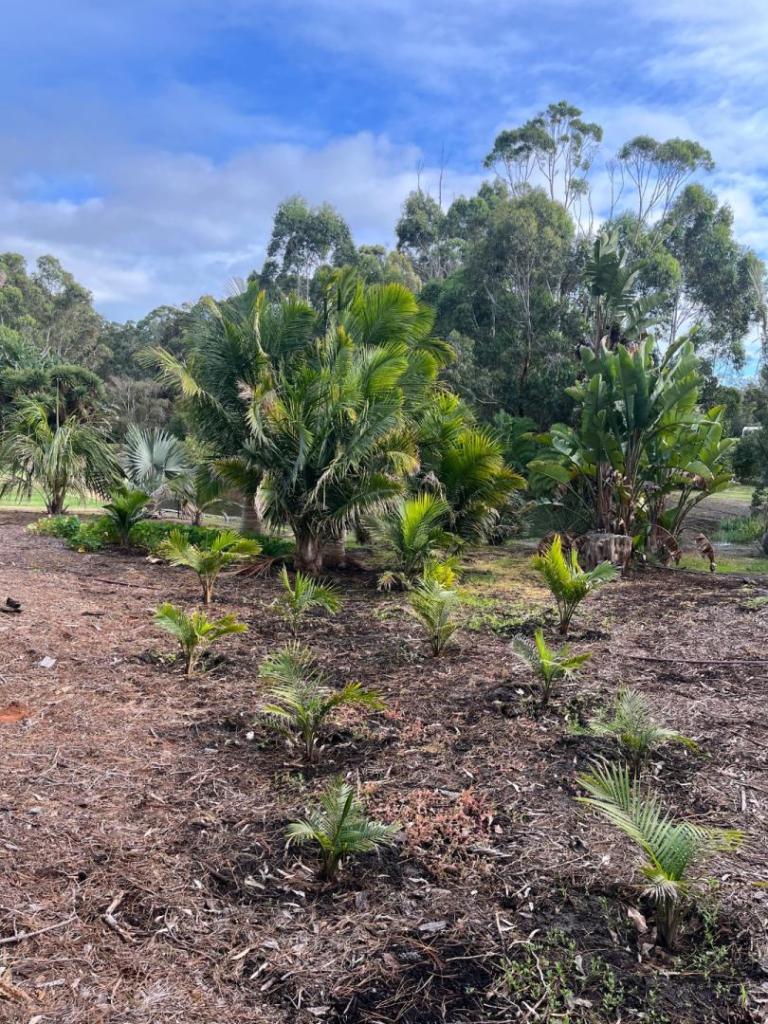






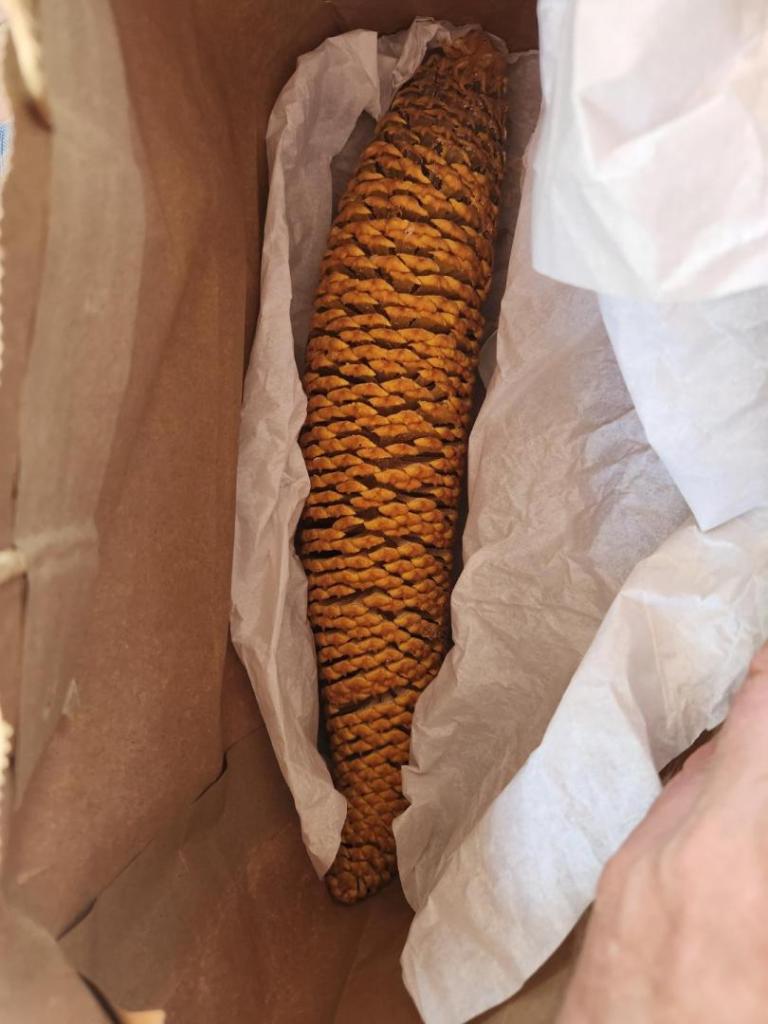
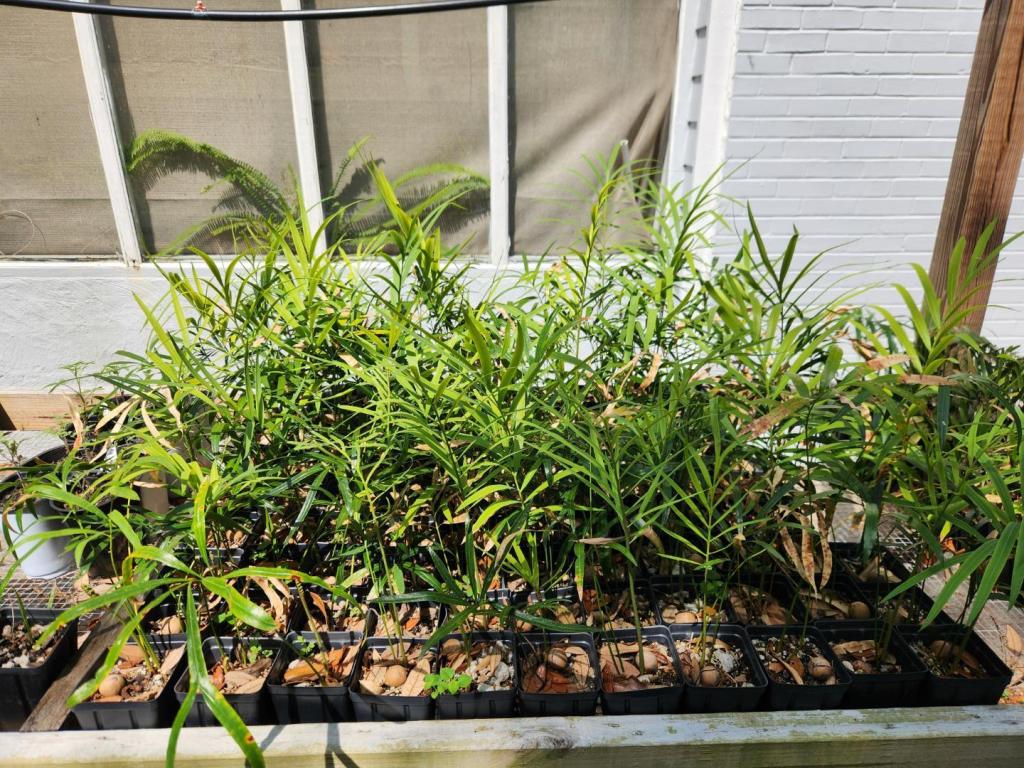



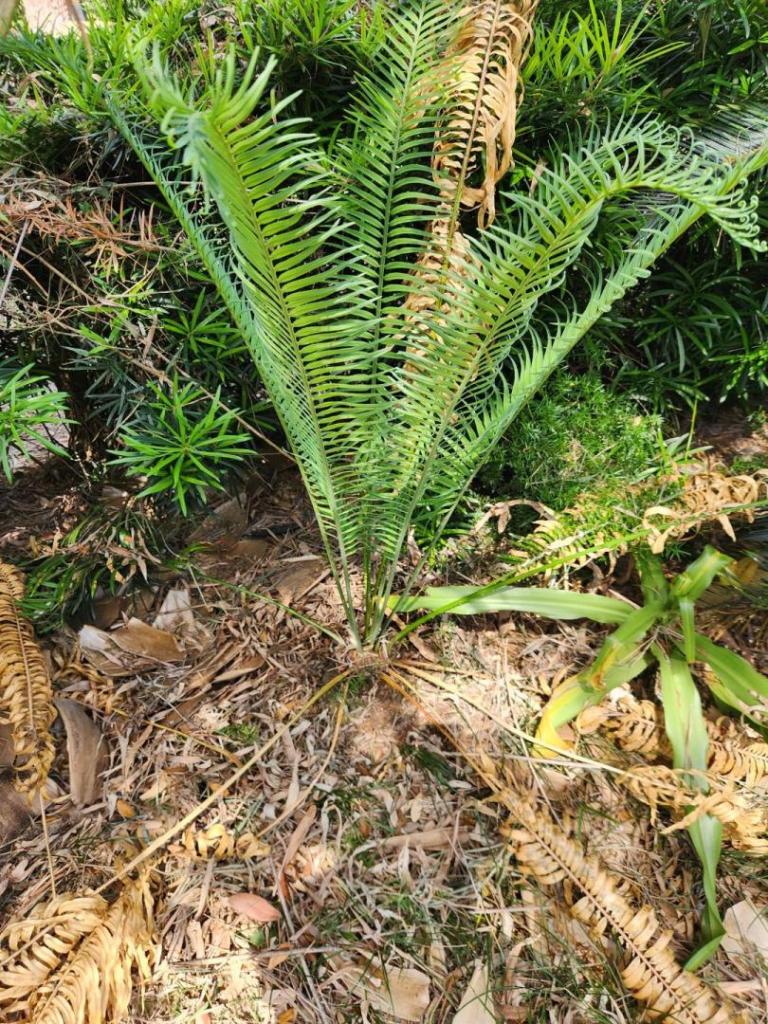

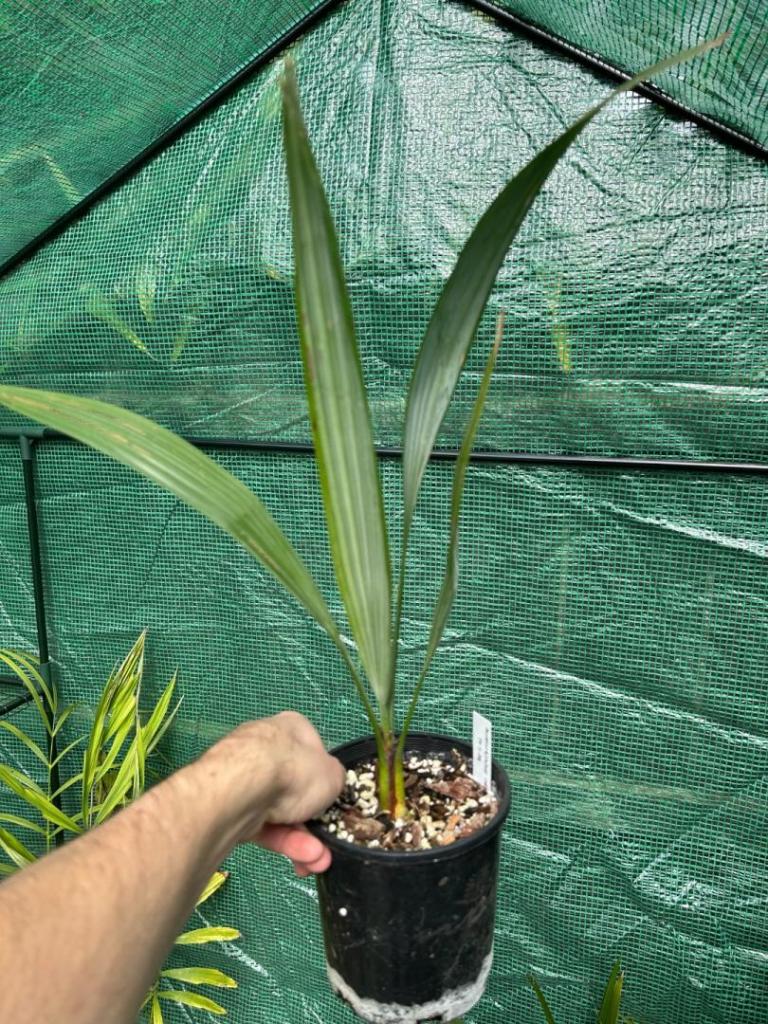


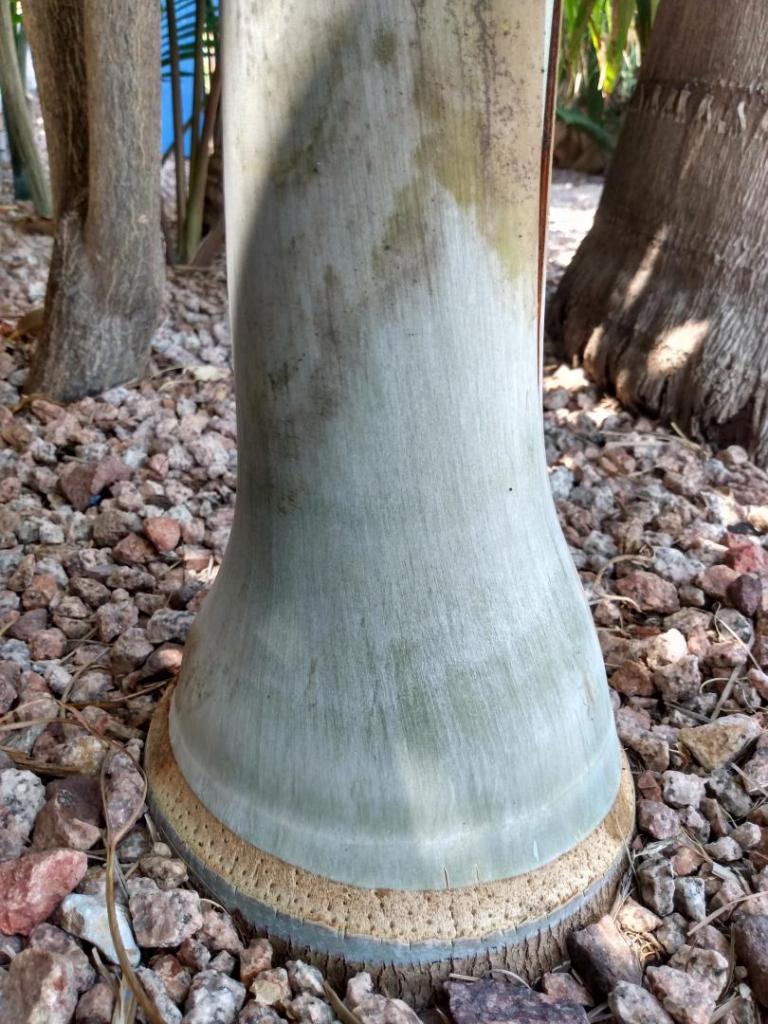



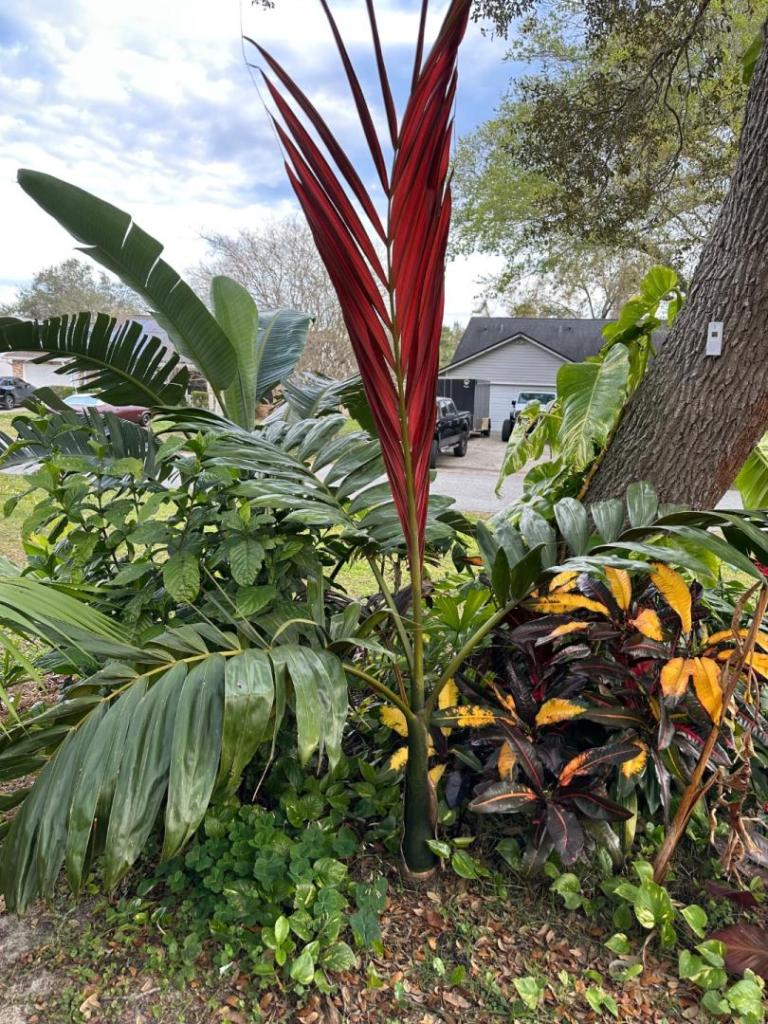
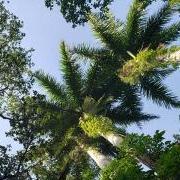
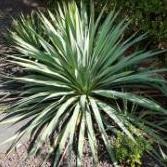
.jpg.0cf735c7525858af1582442942bc68e8.thumb.jpg.894f59a749fff01eb286c1fe4a50ab62.jpg)


